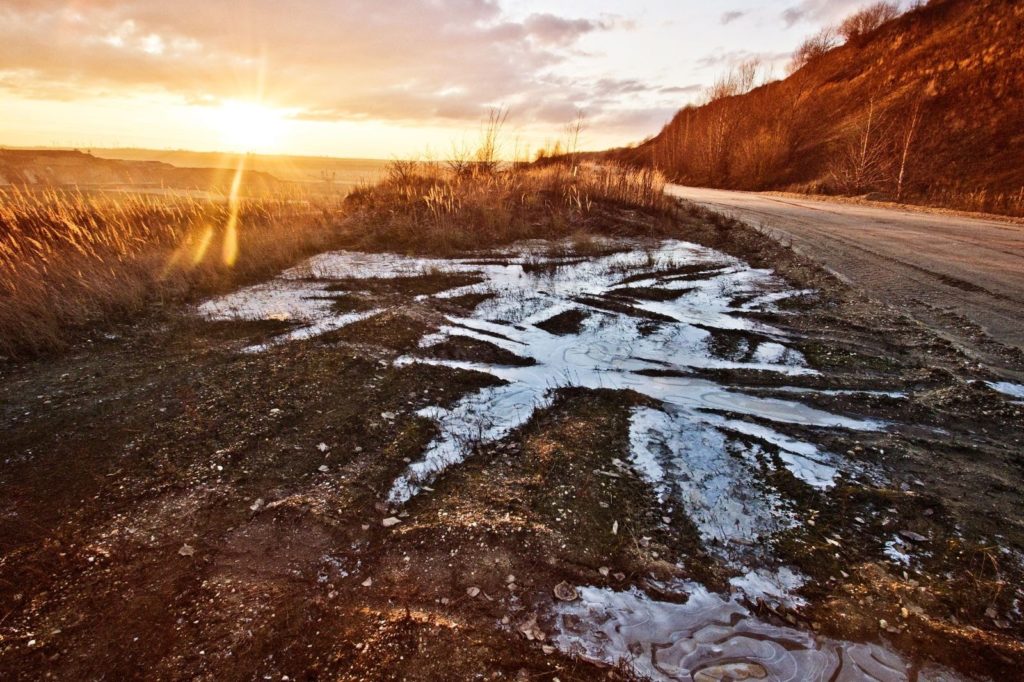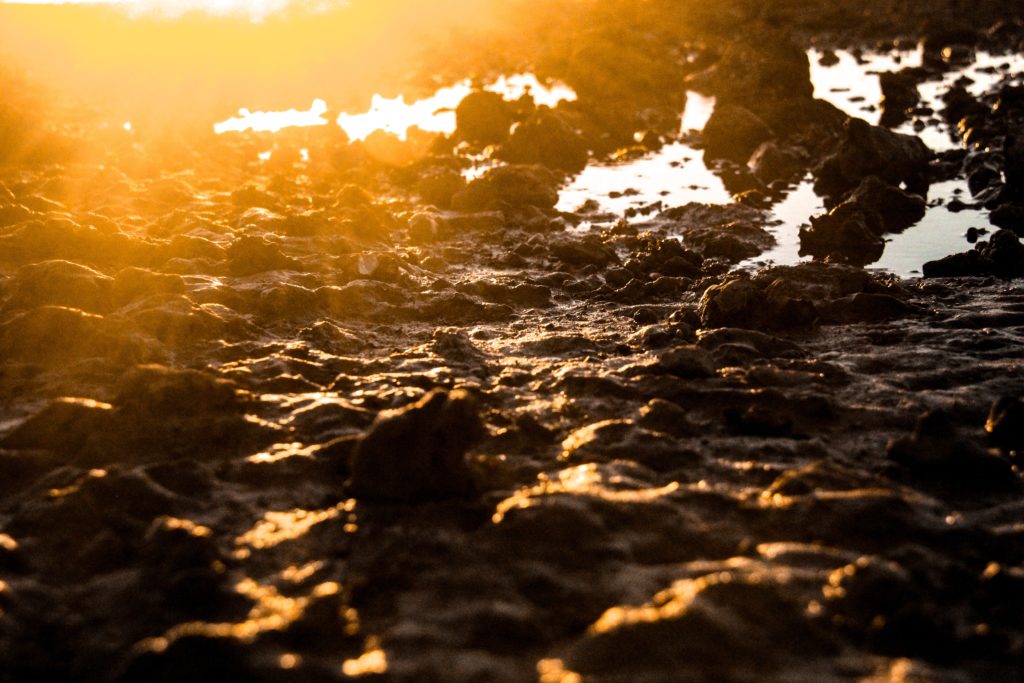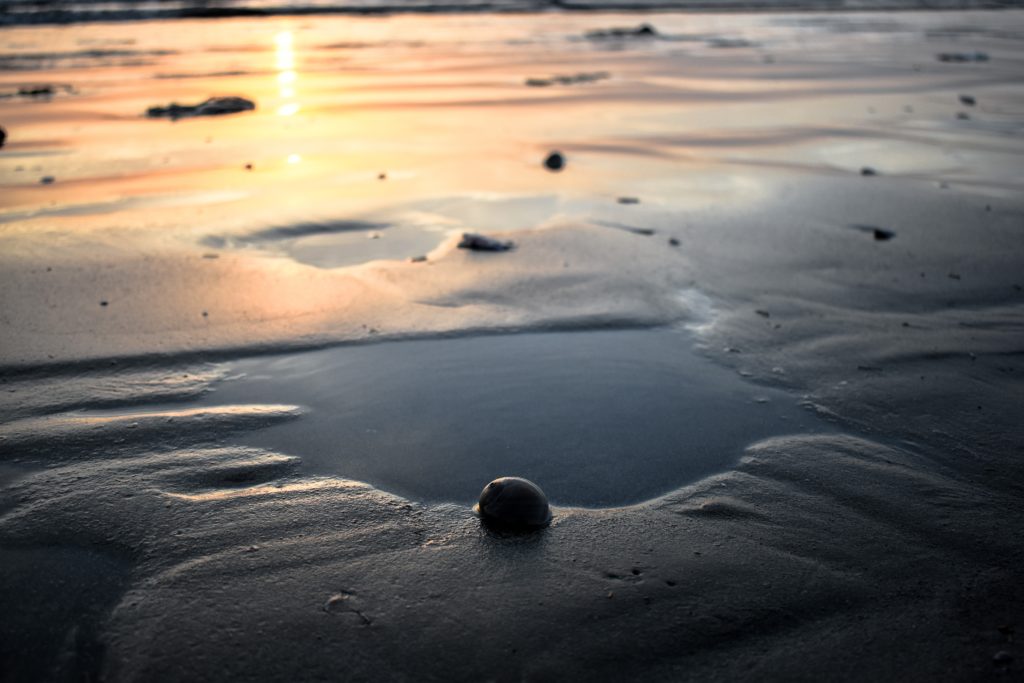
by Joannes Truyens
This is just wrong, Cariappa thought. The abstract had already tipped him off, but now that he had scrolled through the entire CDC report and compiled a mental list of all the inaccuracies and omissions along the way, he knew the conclusion was wrong. Even the writing was slipshod, superficial, like a homework assignment hastily completed five minutes before it was due.
Cariappa put down his notepad and let his eyes glaze over while he considered the facts. An outbreak of naegleriasis with multiple clusters, all located in seven states and two former territories of the United States. In the space of a summer month, the outbreak had infected 309 people, with 182 dead so far. The spike in fatalities had alarmed the Centers for Disease Control and Prevention, with agency investigators initially fearful of a novel strain of naegleriasis that could be transmitted between people. This was quickly dismissed by flagellation tests and molecular analyses, and Cariappa got the impression that those results had relaxed the investigation to the point of complacency.
The rest of the report was academic guesswork derived mainly from the geographic distribution of the outbreak. Since most clusters were located in coastal regions with poorly maintained (or a complete lack of) seawalls and surge barriers, CDC investigators had concluded that increased flooding had resulted in more stagnant pools of water and thus a more fertile ground for Naegleria fowleri, the free-living amoeba that causes naegleriasis. The ongoing continental super summer was also marked as an environmental determinant, as N. fowleri are thermophilic and thrive in warm water sources.
It made sense at a cursory glance, but fell apart with even mild scrutiny. As he reached for his notepad, Cariappa briefly felt like a detective taking a closer look at a murder scene where the police had arrested an obvious patsy and summarily closed the case. He started reading the report a second time.
* * *
I don’t feel wrong, Sunil thought. He was sitting next to his parents in his teacher’s office when he realised they were talking about what was wrong with him. He had never been in this room before so he was counting the ceiling tiles (eleven down, fourteen across), but then his teacher mentioned something that made his dad a little angry. Now he paid attention to what was being said, with words like ‘preoccupied’ and ‘difficult’ coming up. One of the words he didn’t know was ‘autism’. He made a mental note to look it up as soon as he got home.
* * *
N. fowleri cannot survive in seawater. It was right there on Wikipedia. Cariappa had already reacquainted himself with naegleriasis when news of the outbreak first reached him, but now that the CDC report had compelled him to get up to speed properly, that one simple fact undermined its conclusion more than any other. If an increased abundance of N. fowleri was the cause of the outbreak (and Cariappa believed it had to be), coastal flooding was at the very least not sufficient to explain it. Neither was the super summer, which had started two months earlier.

Timescale discrepancies also complicated the other environmental determinants listed in the report, each of which had been in play since before the turn of the century. Thermal pollution and habitat disturbances that eliminated N. fowleri’s competitors for bacterial food supplies had already resulted in more documented cases of naegleriasis over the last two decades, but plotting that graph still produced a flat line with a steady slope. Under the conditions detailed in the report, the sudden spike in infections caused by the outbreak, which now turned the graph into a hockey stick, should have occurred much sooner or in a broader trend.
Next, Cariappa reviewed the two available appendices, the first of which included several interviews with infected people. They were at least treated as unreliable, given that naegleriasis tends to leave its victims in a state of confusion. This had led Cariappa down the roadmap of the infection’s pathogenesis, which affects the central nervous system. When water containing N. fowleri is inhaled through the nose, the amoebae are passed to the olfactory bulbs of the forebrain. Once there, they multiply by feeding on neurons and glial cells in lieu of bacteria, causing rapid neurodegeneration and death within two weeks. It was no surprise that N. fowleri was commonly known as ‘the brain-eating amoeba.’
The second appendix was a set of water microbiology analyses conducted at three of the cluster sites and then conveniently extrapolated to the other six. Besides a high abundance of N. fowleri and multiple bacterial concentrations, the results also confirmed that the samples came from freshwater instead of seawater sources. When he noticed that, Cariappa had to stand up and do anything else.
* * *
The writers consulted with noted medical experts to develop an accurate perception of a pandemic event. Sunil was checking out the Wikipedia page for Contagion, which he had just seen for the eighteenth time since it was released on DVD. That fact stood out to him and he wanted to know who these experts were. The idea that there were people who professionally occupied themselves with charting the spread of diseases fascinated him. After having seen so many doctors, Sunil had thought about becoming one himself, but now he wanted to be an epidemiologist more than anything.
* * *
352 million dollars. That was the CDC’s current annual budget, brought down from twelve billion since 2015. Cariappa had been aware of the agency’s decline over the years, mostly due to successive Republican administrations inflicting a chronic amount of deficit. He would occasionally commiserate with CDC officials and investigators on their stringent working conditions, which was the only reason the outbreak report had reached him in the first place. One of his CDC contacts had sent it to him attached to a mail that showed no subject line or body text.
Subsequent correspondence revealed that budgetary constraints had not been the only challenges plaguing the investigation. One of the cluster sites had to be written off because it was located in the Texas territory of a religious cult, which abhorred all government interference and saw the naegleriasis infections as ‘divine discipline.’ Media coverage of the outbreak was limited to a few local reports that only deemed it newsworthy because ‘brain-eating amoeba’ made for a juicy sound bite.
That made Cariappa think of a general correlation he had repeatedly written about. More funds and resources were allocated for visible, disaster-level consequences of anthropogenic climate change (like hurricanes, droughts, wildfires, and mass displacements) because they still dominated headlines. The micro effects all but disappeared in the clutter, especially those related to diseases and infections. Even inside that particular box, stories about permafrost viruses and pandemics claimed all the attention, so an outbreak that killed less than two hundred people was lucky to be investigated at all.

It was a familiar struggle for Cariappa, whose work at the Public Health Agency of Canada was mainly focused on the application of climate change studies to disease outbreak models and simulations. When his thoughts dwelled on that, he suddenly remembered a series of studies going back as far as 2018, which had demonstrated that bacteria cause stronger infections when they incubate at higher temperatures. He had no idea why his train of thought had brought him there until the report’s second appendix started tugging at him.
* * *
30,363 Canadian dollars. If Sunil was going to enroll at McGill University’s Faculty of Medicine, that’s what his first year would cost. The irony of having to graduate as a Doctor of Medicine before he could tackle a course in Epidemiology was not lost on him. With his parents unable (and maybe even a bit reluctant) to put up that kind of money, Sunil had no other option than to qualify for an entrance scholarship. He was eligible for several ‘visible minority’ allowances, all of which required personal essays and in-person interviews. Only the latter frightened him.
* * *
Pasteuria ramosa. It had to be the answer. Two of the three available water microbiology analyses noted a higher-than-average presence of the bacterium P. ramosa. The CDC investigators had ignored this anomaly because N. fowleri feeds on many different bacteria, and a slight predominance of one species was not nearly enough to explain the increased abundance of the amoeba.
Cariappa too had dismissed this anomaly until he remembered that one of the studies on bacterial infections at higher temperatures had been conducted with P. ramosa and its preferred host organism: the water flea. After digging up and reviewing this study, a potential chain of events dawned on Cariappa and he started pacing around the room to let it settle.
Water fleas are ubiquitous in freshwater habitats. P. ramosa, which is an obligate pathogen that needs a host to survive, infects water fleas by propagating inside their bodies and releasing endospores for further infections. At higher temperatures, bacteria cause stronger infections and reproduce through spores faster. This would imply that water fleas infected with P. ramosa could be serving as a novel food source for N. fowleri in a way that would not show up in a microbiology analysis. Since N. fowleri feeds on bacteria in the trophozoite stage, which is a stage in its life cycle where it can cause naegleriasis in humans, it would explain the spike in infectivity.
Cariappa went over it a few more times and laughed at the idea that this scenario was contingent on the heat wave after all, only now as a vector for bacteria rather than thermophilic amoebae. He sat down again, held up his notepad, and started dictating a mail to his CDC contact.
* * *
Sunil “Gregory House” Cariappa. One news report had referred to him as such because of his astute diagnosis of the naegleriasis outbreak, and the moniker stuck. He should have been bothered by the fact that an American audience still needed to see him through the shorthand lens of something American. Instead he thought it was funny, and not because the show’s lead was played by a British actor. Cariappa used to love House and would consistently look up the diseases mentioned in each episode. That’s when he had first learned of naegleriasis, which featured in the show’s second season. He had always thought it was cool.
Joannes Truyens is a writer with a fondness for near-future hard science fiction. He is currently working on his first independent project after having written for various game studios and online publications. This story was expanded from one small corner of that project and found inspiration in the works of Australian sci-fi writer Greg Egan.
This piece is part of Not afraid of the ruins, our series of science fiction and utopian imaginings.